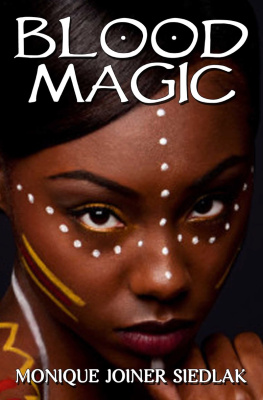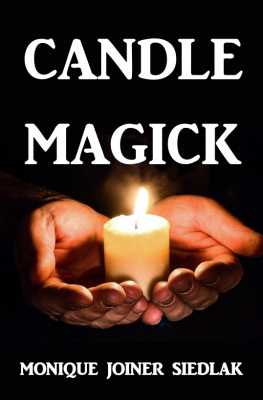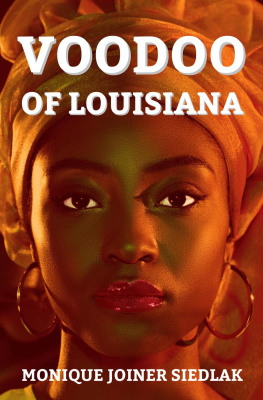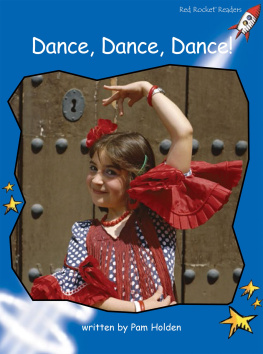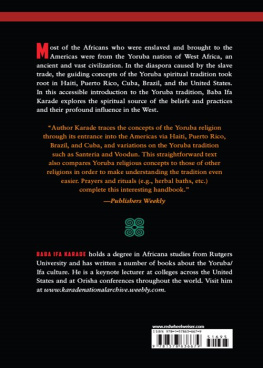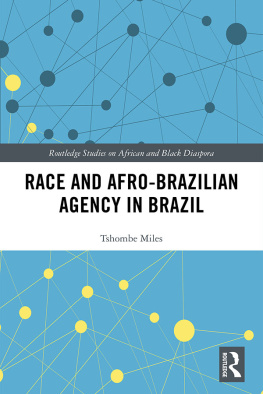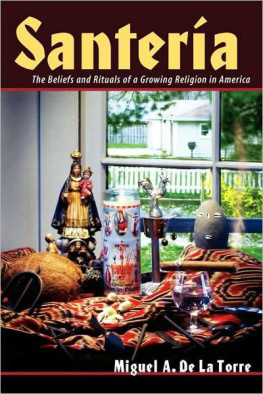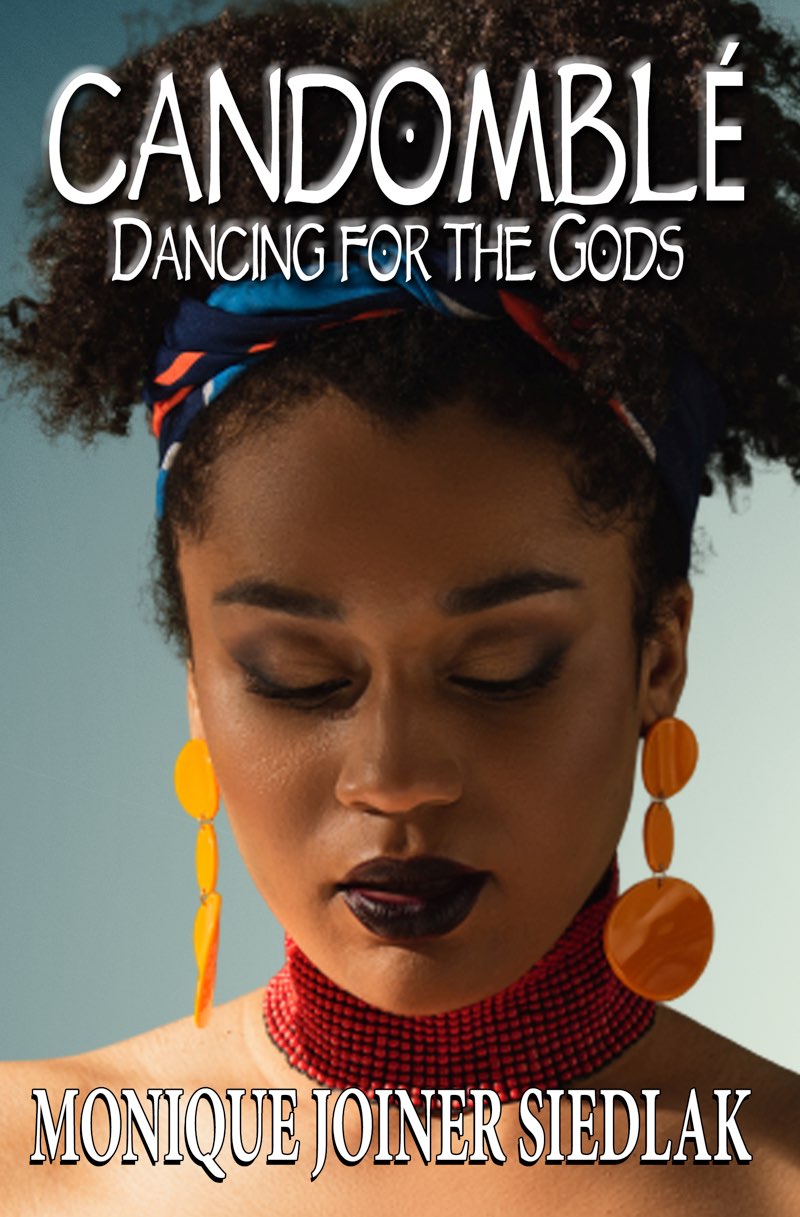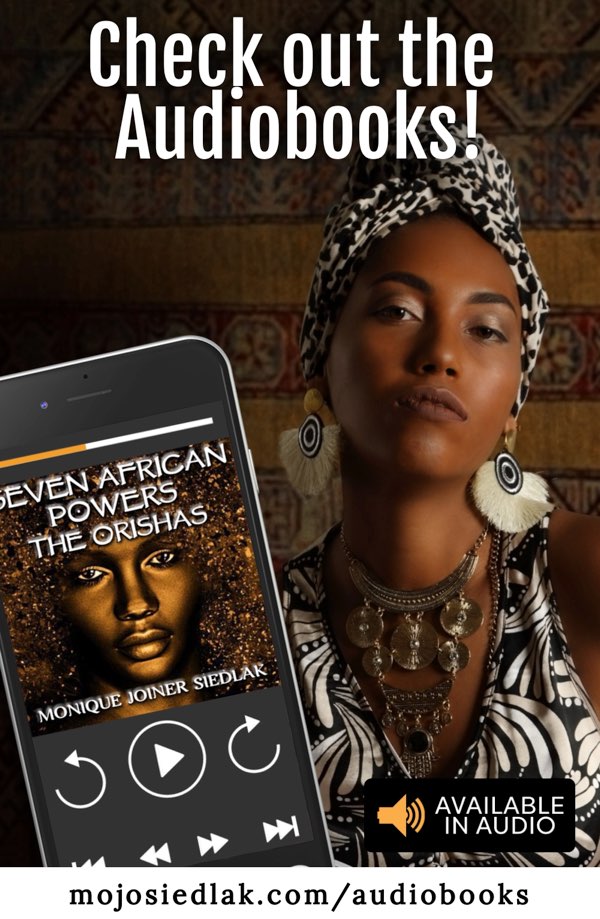CANDOMBL
Dancing for the Gods
MONIQUE JOINER SIEDLAK
Candombl: Dancing for the Gods Copyright 2022 by Monique Joiner Siedlak
Paperback ISBN: 978-1-956319-14-9
Hardback ISBN: 978-1-956319-39-2
EBook ISBN: 978-1-956319-13-2
All rights reserved
The content contained within this book may not be reproduced, duplicated or transmitted without direct written permission from the author or the publisher.
Under no circumstances will any blame or legal responsibility be held against the publisher, or author, for any damages, reparation, or monetary loss due to the information contained within this book, either directly or indirectly.
Legal Notice
This book is copyright protected. It is only for personal use. You cannot amend, distribute, sell, use, quote or paraphrase any part, or the content within this book, without the consent of the author or publisher.
Disclaimer Notice
Please note the information contained within this document is for educational and entertainment purposes only. All effort has been executed to present accurate, up to date, reliable, complete information. No warranties of any kind are declared or implied. Readers acknowledge that the author is not engaged in the rendering of legal, financial, medical or professional advice. The content within this book has been derived from various sources. Please consult a licensed professional before attempting any techniques outlined in this book.
By reading this document, the reader agrees that under no circumstances is the author responsible for any losses, direct or indirect, that are incurred as a result of the use of the information contained within this document, including, but not limited to, errors, omissions, or inaccuracies.
Cover Design by MJS
Cover Image by daemon-barzai@depositphotos.com
Published by Oshun Publications
www.oshunpublications.com
Books in the Series
African Spirituality Beliefs and Practices
Hoodoo
Seven African Powers: The Orishas
Cooking for the Orishas
Lucumi: The Ways of Santeria
Voodoo of Louisiana
Haitian Vodou
Orishas of Trinidad
Connecting With Your Ancestors
Blood Magic
The Orishas
Vodun: West Africas Spiritual Life
Marie Laveau: Life of a Voodoo Queen
Contents
Introduction
The world is much more than all that our limited senses can perceive. There is more to life than air, grass, fire, and even the luxuries that we all desire. With the pain, confusion, and chaos that saturate our world today, it has become more imperative than ever for you to find and hold on to something outside of yourself. Something more significant than you, beings without the limitations of your fleshy abode, who hold the world up in their deft hands and have the authority to break and mend you.
The ancient religion of Candombl seeks to bridge the gap between humanity and divinity. It aims to bring us to the point of complete awareness of our true selves and the powers we have locked up within us. Candombl is a mirror that powers spiritual awakening. It teaches and shows that there is more to us than we can ever find by ourselves. It aims to open our eyes to see what great heights we can attain when we become aware of our personal gods. What it means to be in constant communion and fellowship with them. We all have Orixs, beings designated from the beginning of time to hold us up, teach us and walk through life with us. Most of the hurt, sickness, and confusion you might experience on your voyage through life stems from ignorance and obliviousness to these powers.
I have written this book not just as a guide for those in pursuit of a higher purpose and are interested in discovering it through Candombl but also as a documentation of my journey to identifying my true self and drawing into the powers thereof. Unlike many other organized religions, Candombl doesnt demand subservience or ask that you be ruled by the fear of punishment or the unknown. As a religion and a movement, its end goal is to show you that you do not have to go through life independently. It aims to teach you that even when humans let you down and leave you groping in the dark, there will constantly be a light to guide you if you only let yourself see, accept and follow it.
I, too, was once in search of something greater. I was once desperately looking for meaning and purpose beyond all of the temporary possessions that the world clings to. I pursued something more permanent and eternal, and I found it in Candombl. If you, like me, have realized that you need something more than yourself to walk you through the path of life, this is the book for you. In its pages, you will find truths to guide you on your journey and bring you into full knowledge of yourself and your Orixs. As you read, I pray that the hands of Olorun guide your Orixs as they guide you into the pure understanding of the fundamentals of this great path and that in the end; you are reborn into power and peace.
In this chapter, we will answer a few basic vital questions. Specifically, we will learn how and why Brazil has todays religious groups. After that, we will look at how African religions became a part of that. As we explore changes and traditions within Candombl, remember that some answers are obvious while some arent as obvious.
Establishing the Beginning
Brazil was discovered by the Portuguese in the early 1500s. They initially named it True Cross, but because of the abundance of Brazil wood, it was renamed Brazil. There was excitement when Brazil was first discovered. However, since precious metals werent found at the time, Portugal turned to more lucrative dealings with Asia. Some trade took place with the native Brazilians for wood. Decades after the discovery of Brazil, Portugal developed a renewed interest in trading with the country. As a result, Portugal set up a government in Brazil (Poppino & Schneider, 2019).
Through these efforts, Brazil became relevant to the Portuguese. The Portuguese turned some areas, like Pernambuco, into sugar-producing powerhouses. At the time, sugar was (and still is) a very lucrative commodity. To this day, Brazil still remains a significant sugar producer globally (Shahbandeh, 2021). In the mid-18th Century, gold was discovered. A gold rush ensued, but with a fast depletion of resources, the gold rush ended abruptly. Brazil would depend more on its agricultural economy for success producing coffee, sugar, cotton, and tobacco.
These developments led to an influx of enslaved Africans to Brazil. The population of enslaved people in the new government was double that of Europeans. Sugar production is a very labor-intensive process that the Portuguese needed laborers to perform in their mills and the land. Their labor shortage and lack of capital also made buying enslaved people the solution with the most economic sense. Africans ended up in Brazil precisely because of this reason.
At the turn of the 17th Century, Brazil developed further. The Portuguese instilled government systems in Brazil, similar to those in Portugal. Brazil was becoming an attractive place for people to migrate to. One of the first groups to get there were the Jesuits, an order of the Roman Catholic Church, who made it their priority, among other things, to bring natives and other populations into Christianity. As such, Catholicism found roots in Brazil.


